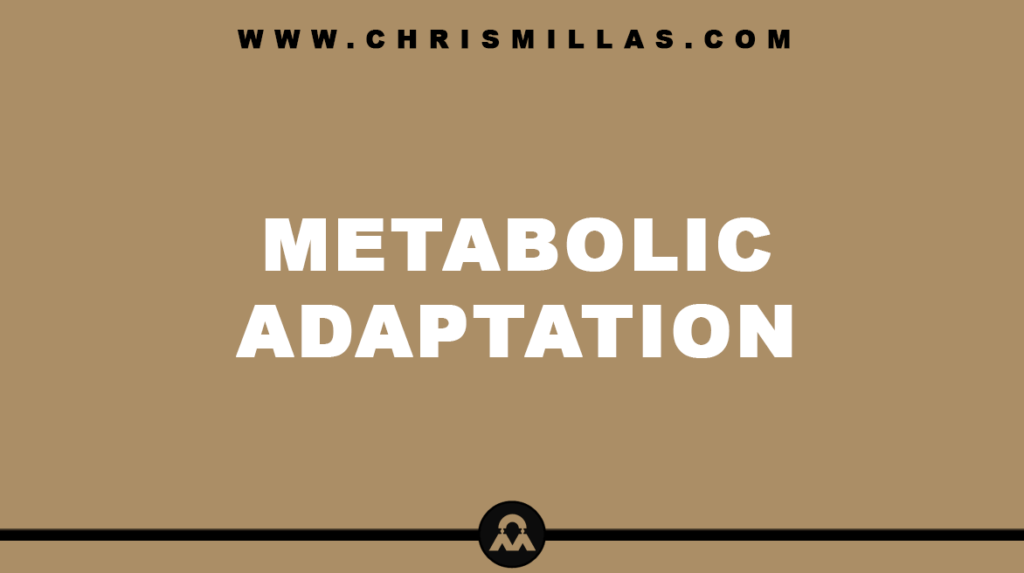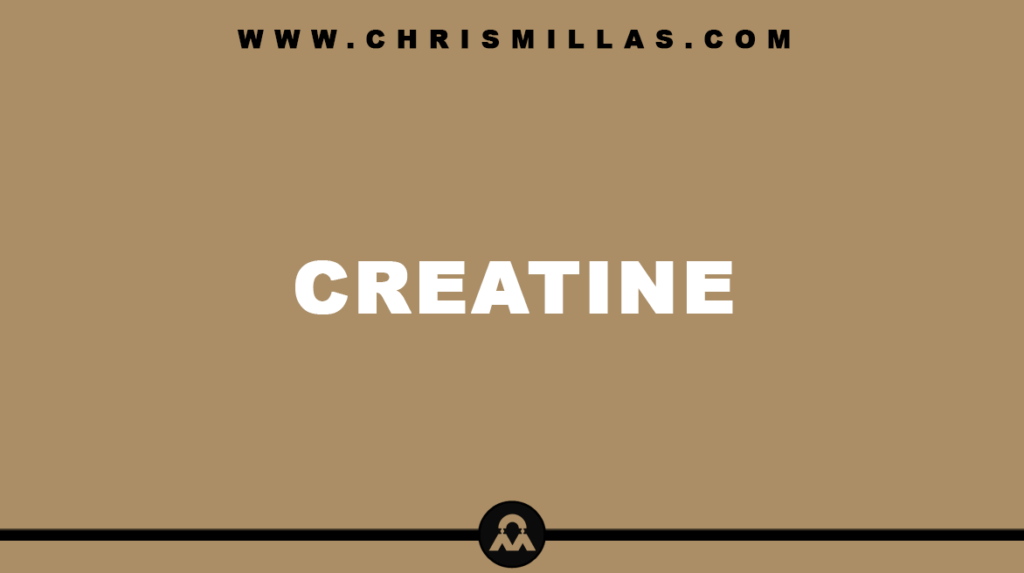In this post, we’ll unpack all you need to know about metabolic adaptation, defining exactly what it is, the evolutionary perspective, how it occurs, how to overcome it for fat loss and more.
What Is Metabolic Adaptation?
Metabolic adaptation (MA) refers to the body’s ability to adjust its metabolic rate in response to changes in diet and energy expenditure.
The Evolutionary Perspective
From an evolutionary perspective, metabolic adaptation served as a survival mechanism.
Our ancestors often faced periods of food scarcity and therefore the body’s ability to slow down its metabolic rate was crucial to conserve energy until more resources became available.
This process is deeply ingrained in our biology and continues to affect how our bodies respond to diet and exercise today.
How It Happens
Metabolic adaptation works by altering various hormonal and neurological signals that control hunger, satiety and energy expenditure.
For example, significant weight loss can lead to decreased levels of leptin (the hormone that signals satiety) and increased levels of ghrelin (the hormone that signals hunger).
These changes can lead to increased hunger and a decreased metabolic rate, which can make sustained weight loss challenging.
How To Overcome It For Fat Loss
There are three keys to overcoming metabolic adaptation in order to optimise for fat loss.
Firstly, adopt a gradual approach to calorie reduction in order to prevent significant metabolic slowdown. Secondly, incorporate some form of exercise in order to increase your metabolic rate. Thirdly, incorporate periodic refeeds into your program in order to reset the hormonal impacts of long-term dieting.
Summary (TL;DR)
Metabolic adaptation refers to the body’s ability to adjust its metabolic rate in response to changes in diet and energy expenditure.
It evolved as a survival mechanism to cope with environmental changes and food scarcity.
There are three keys to overcoming it with the goal of optimising for fat loss. Firstly, adopting a gradual approach to calorie reduction. Secondly, incorporating exercise into your program. Thirdly, incorporating periodic refeeds into your program.







